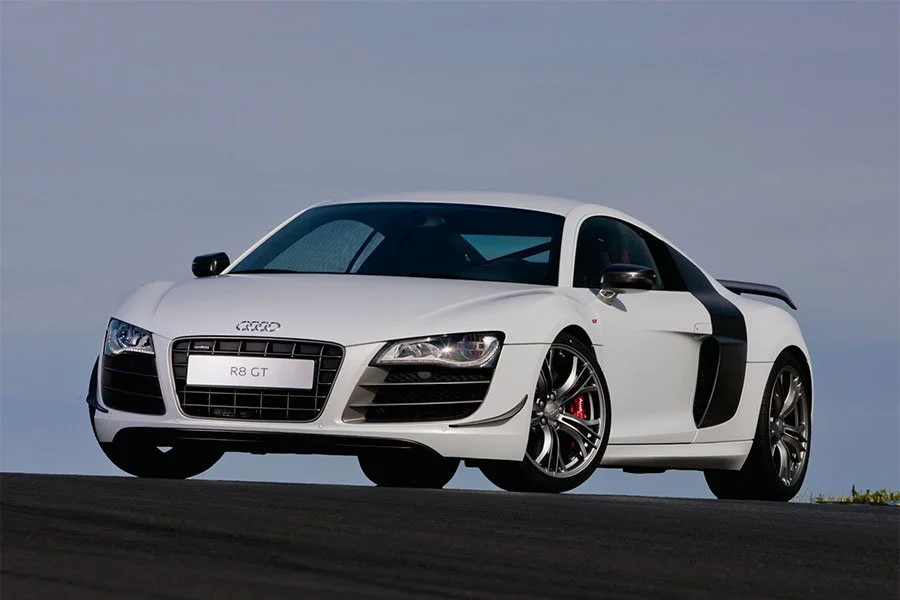Guide: Audi Quattro UR Pininfarina Quartz - a Historical & Technical Appraisal
/ Ben Tyer
BACKGROUND
When Audi launched the UR Quattro at Geneva in March 1980, it was the first high performance road car to employ four-wheel drive.
Among those present at Geneva was Sergio Pininfarina who convinced Audi to supply him with a naked Quattro as a base for a styling concept. Audi obliged and, in the summer of 1980, a pre-production UR Quattro was dispatched to Italy.
Deliveries of customer cars would not start until the end of the year.
The Audi Quartz became a testbed for Pininfarina’s ongoing experimentation with advanced materials. To that end, the body was a mixture or carbonfibre, Kevlar, steel-polyurethane composite and polycarbonate.
CHASSIS / ENGINE
Mechanically, the base car was unchanged and fully functional.
It comprised a steel monocoque with independent suspension and permanent four-wheel drive.
The engine was a turbocharge 2.1-litre inline ‘five’ that produced 197bhp.
Although the standard car was quoted at 1290kg, Pininfarina’s lightweight body saw this reduced to 1200kg.
BODYWORK
The Pininfarina redesign was carried out by stylist, Enrico Fumia, who worked under the watchful eye of Leonardo Fioravanti.
Typically for the era, the Quartz mixed flat surfaces with softened edges.
A grooved swage line wrapped around the entire body; it concealed a nose intake and vents behind the front wheels for engine cooling.
Instead of conventional headlights, Carello supplied small lenses with with a diameter of just 75mm. These were mounted under the bonnet which had porthole punctuations through which the lamps projected.
Slimline tail lights spanned the entire width of the rear fascia and pre-dated another 1980s trend.
Other modern touches included concealed A and B pillars plus body coloured bumpers and mirrors.
The exhaust pipes were formed to replicate Audi’s four-ring logo.
Overall the Quartz was 30cm shorter than the standard UR Quattro and had a drag coefficient of 0.45. Surprisingly, this was slightly worse than the boxy original (0.43).
The finished car was first painted two-tone grey-blue over silver which was quickly changed to monotone silver.
INTERIOR
Although Audi switchgear was retained, the cockpit was thoroughly redesigned.
New high-backed seats were heavily bolstered and trimmed in the same off white square patterned leather used for the rear seats and door panels.
The dash was also reconfigured and an LCD computer was concealed within the glovebox.
Red carpet gave the Quartz a very 1980s ambience.
LAUNCH & SUBSEQUENT HISTORY
Pininfarina presented the Quartz at the Geneva Motor Show in March 1981, precisely one year after the original UR Quattro had been unveiled.
Sergio Pininfarina then gifted the car to the publishers of Swiss magazine, Automobil Revue, for their 75th anniversary.
Automobil Revue later tested the car and achieved a 136mph top speed and 0-62mph time of 7.1 seconds. These figures were identical to the production model.
The Quartz was subsequently purchased by Audi who retain it to this day.
Text copyright: Supercar Nostalgia
Photo copyright: Pininfarina - https://pininfarina.it





























